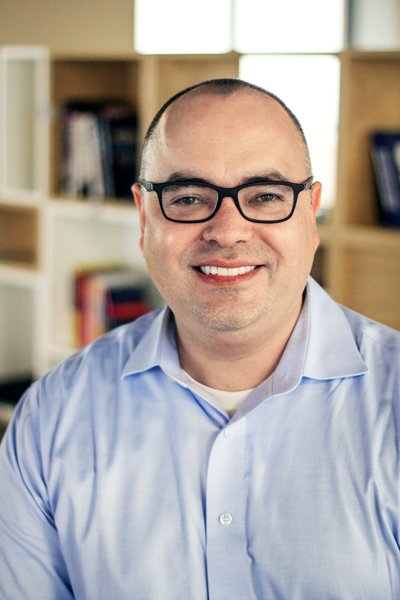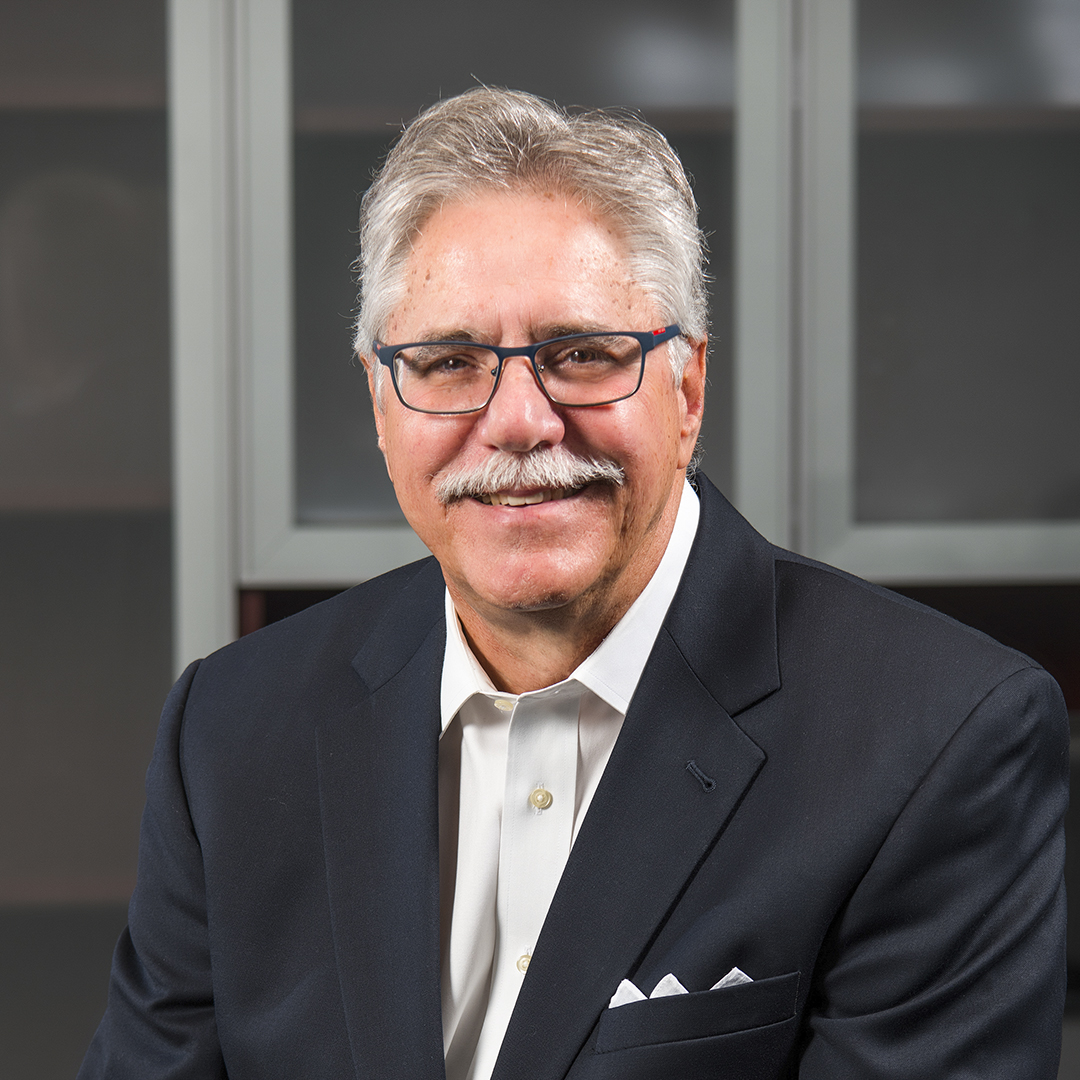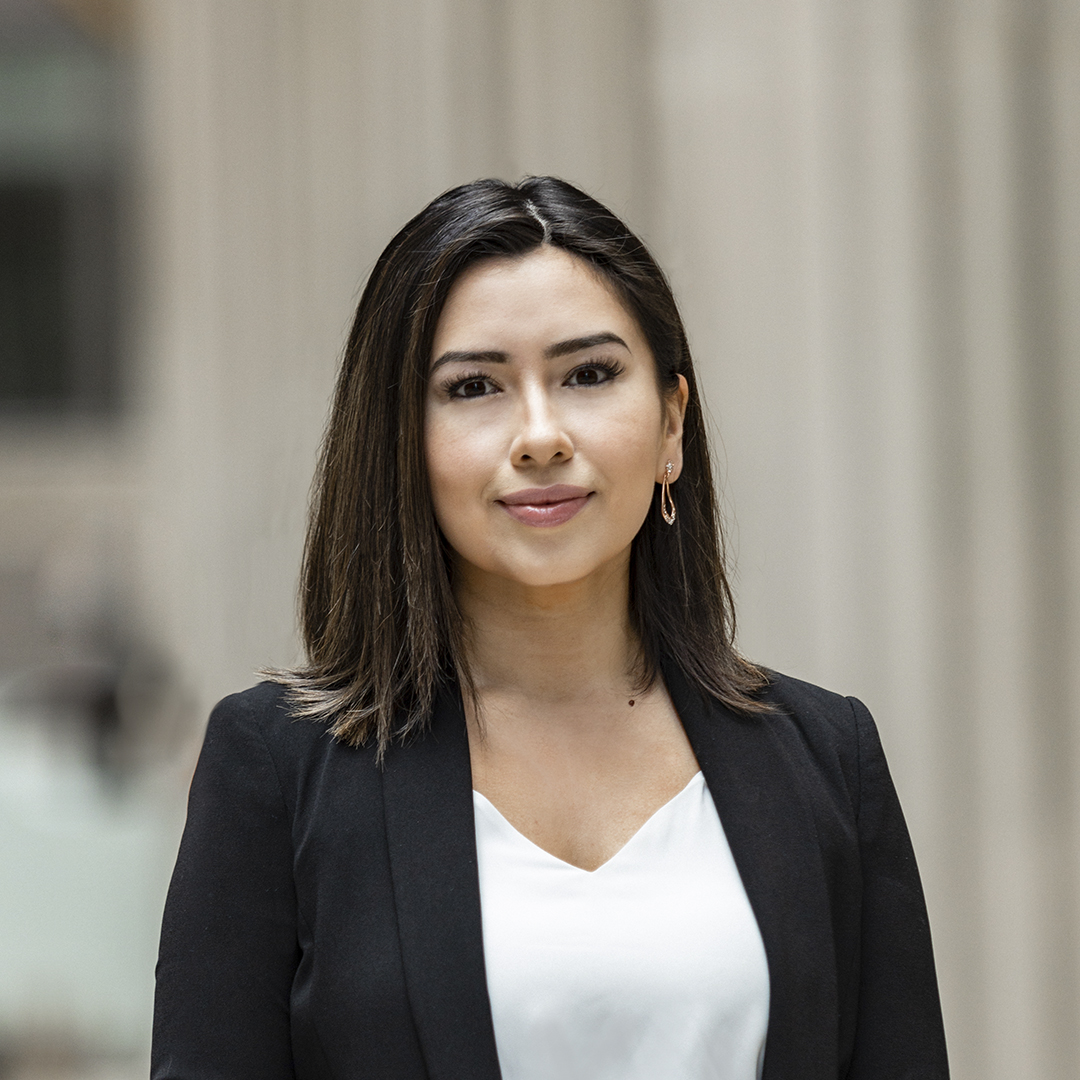|
Getting your Trinity Audio player ready...
|
Accountants are often unfairly characterized as withdrawn and clinical, so much so that a quick Google search of “accountant stereotypes” generates a litany of supportive articles. Anyone wanting to debunk the myths surrounding the profession could spend a few hours reading these texts.
Or, they could just have a conversation with Carlos Olea.
As chief accounting officer of the Howard Hughes Corporation, Olea’s path to success has been anything but typical. Raised in the border town of Tecate, Mexico, he once thought he would seek out a career in architecture.
“There were no tall buildings,” he says of his hometown. “The tallest building was three stories back then. So, when reading books and watching television, I was always fascinated by these big cities that had impressive skylines with beautiful buildings. In a way, practicing architecture almost felt like building your own mountains, with design that can intentionally change the landscape.”
But Olea found another trajectory when he had to choose a vocational course in high school.

“I picked accounting,” he remembers. “That was a lot more practical because of the Mexican economy back then. It was a lot easier to find a job as an accountant than as an architect.”
What started off as a logistical pivot eventually evolved into a passion as Olea learned more and more about his chosen craft. While studying for his bachelor of science at Tecnológico de Monterrey, Olea learned that accounting isn’t just about numbers and math but rather touches on a wide breadth of economic, legal, and tax matters. Olea’s more holistic outlook on his trade continued to expand as he earned his master’s in real estate from Georgetown University.
“I wanted to be around real estate professionals who looked at things differently and thought about things differently,” he says. “I didn’t just want to be doing debits and credits and filings. Having that exposure at Georgetown allowed me to consider bigger issues, such as the question, ‘How does one achieve goals without increasing risk?’ Typical accountants are not thinking about that.”
Olea put his newfound viewpoint to good use once he made his way to Ernst & Young as senior manager of financial accounting advisory services.
“It was through those consulting projects that I discovered the more human aspect of accounting, which often gets overlooked,” he explains. “By that, I mean, how you get people to do what they’re supposed to do, when they’re supposed to do it, on a consistent basis? Much of the time, the most challenging part of accounting is helping people to get rid of bad habits and be consistent about best practices.”
Today, at the Howard Hughes Corporation, Olea is immersed in perfecting the real estate development giant’s system implementations. This work, he explains, involves constant experimentation with automation.
“Much of the time, the most challenging part of accounting is helping people to get rid of bad habits and be consistent about best practices.”
“It’s not just about having robots,” he says. “I’ve automated steps one and two in a process, for example, and left step three manual, then automated four and five. I thought, ‘Great! I’ve automated four out of five steps.’ But what I ended up realizing is that when the human responsible for step three heard that the rest of the process had been automated, they felt like they had lost their place and had nothing to do here anymore. They no longer felt connected to the process, and so the results were worse than before. I had forgotten to think about how a human is going to react to having the beginning and the end of a process automated while their role is in the middle. I’m never going to forget that again.”
The lesson connects closely with the work conducted by the Howard Hughes Corporation across the country. After all, both real estate and architecture are, by and large, human-driven operations, whether one looks at apartment complexes and office towers or concert venues and baseball stadiums.
As an example of the important role humans play in such projects, Olea points to the revitalization of New York City’s Seaport District in Lower Manhattan.
“When I interviewed for my role at the Howard Hughes Corporation, they gave me a tour of the Seaport District. It was still under construction at the time,” he recalls. “I stood in what is now the concert venue on The Rooftop at Pier 17, and I looked around and could see the Chrysler Building, the Statue of Liberty, and the Brooklyn Bridge. I said to myself, ‘I don’t think there’s anywhere else in the city where you can see the view that I have right now.’ I thought that it was just the most amazing real estate development I’d ever seen.
“But it didn’t just happen,” Olea adds. “Somebody had to think of it—and make it a reality.”
Related Links
Betty Francisco Brings Financial Capabilities and Confidence to the Masses

